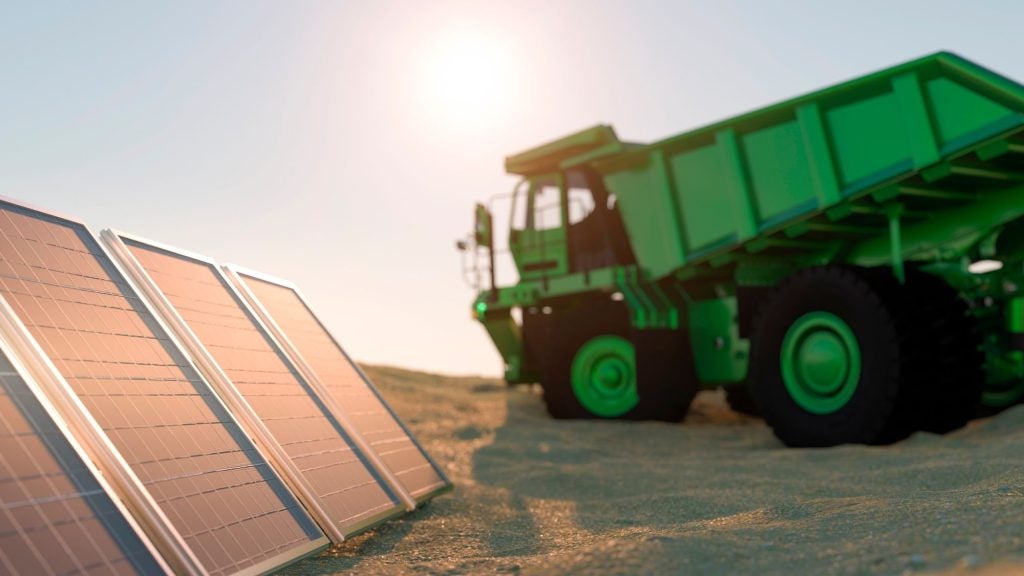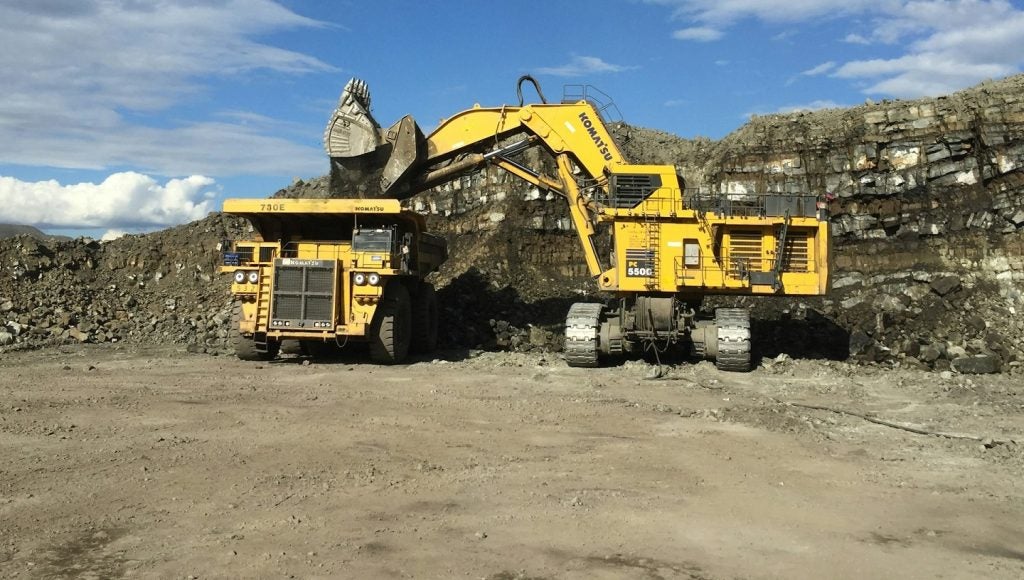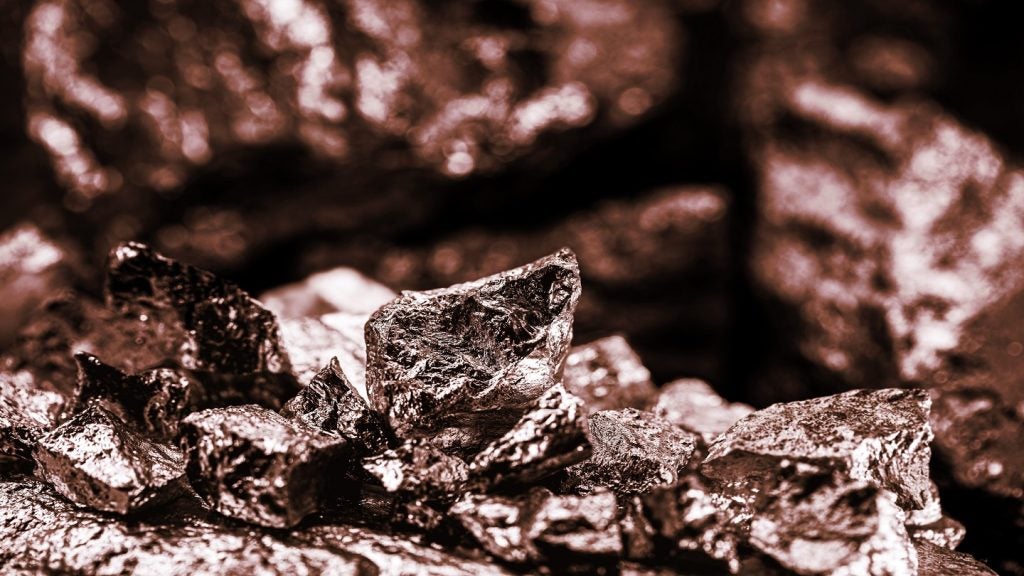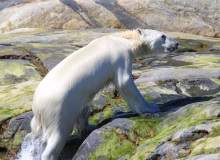

Climate change has not been kind to the old ways of Greenland. The melting of the polar ice caps has decimated the country’s fishing industry, which is second only to the public sector in terms of employment and the largest source of export revenues for the country.
But the melting of the same ice caps has presented the chance to pursue a new way of life. As the ice recedes, new deposits of rare and valuable resources become exposed and new shipping routes open up. The question, though, is whether the country is ready to replace the old with the new.
The decision to remove a ban on uranium mining was an emphatic statement of ambition. For a start, Greenland is believed to hold the sixth biggest supply of uranium, so could generate huge financial benefits from extracting the materials. Secondly, it raises the prospect of a diplomatic clash with former ruler Denmark. While Greenland is classed as an autonomous country, its foreign and defence policy is set by Denmark, which could cause complications and legal action should Greenland move ahead with mining uranium.
The question whether to modernise the economy of the country, where the two biggest sectors for employment are government and fishing, and to capitalise on its mineral and metal deposits was the central issue of last year’s elections. The victory of Aleqa Hammond, the first female prime minister in Greenland’s history, and the Siumut party, albeit by a minority, marked a tacit endorsement by its people to progress down the road of modernisation.
How well do you really know your competitors?
Access the most comprehensive Company Profiles on the market, powered by GlobalData. Save hours of research. Gain competitive edge.

Thank you!
Your download email will arrive shortly
Not ready to buy yet? Download a free sample
We are confident about the unique quality of our Company Profiles. However, we want you to make the most beneficial decision for your business, so we offer a free sample that you can download by submitting the below form
By GlobalDataSee Also:
The green light for a new open cast coal mine in Midlothian, Scotland, has opened up an age-old debate on the effect a mine can have on local communities.
On a visit to Norway, Hammond was quoted by Reuters as saying: "We have to adapt because the ice is disappearing and hunting is no longer the main source of income. But climate change gives us a new chance to survive because our minerals become accessible so we’ll adapt. We are one of the very few countries around the world where climate change is giving us benefits."
Mining giants land licenses
But rebalancing the economy away from the traditional industries of fishing and hunting towards mining and oil extraction will pose significant challenges to the world’s largest island. One issue that will not be a challenge though is creating demand. Since Siumut’s victory and the removal of the uranium mining ban, which was heavily criticised by Denmark, industrial powers from across the world have been lining up to launch a friendly offensive in Greenland.
Exclusive mineral exploration licenses have been awarded to Australia’s Platina Resources, Canada’s True North Gems, Hong Kong-based China Nordic Mining and Denmark’s Avannaa Resources. The areas covered by the license, in a number of cases, are very large. For instance, NAMA Greenland holds the exploration licence for an area covering 1570 km2, Greenland Minerals and Energy holds a license for 992km2 and Avannaa Resources holds a license covering 6159km2.
That the world’s mining giants are circling around Greenland is no surprise. Recent reports have put it second only to China in rare earth element (REE) deposits, which are continuing to experience strong demand for use in nuclear power, consumer technology and a number of industrial applications. The Kvanefjeld project, the centre piece of the country’s strategy, is estimated to be the sixth largest uranium deposit in the world, while also having other REEs and minerals in abundance.
Opposition to the new way
So both supply and demand are strong, but there are still a great many obstacles that must be overcome. First of all, while the coalition government led by Hammond has made clear its intention to push forward with mining activities, there is still strong opposition. While the ousted Inuit Ataqatigiit party led by Kuupik Kleist supports using the deposits for the economic betterment of the island, it is adamantly opposed to the mining and sale of any radioactive materials, particularly uranium.
Concern over the environmental impact of opening up large parts of the island to mining activity is also strong, with a number of reports suggesting that some of the population would leave the island should ground be broken over anger at the traditional way of life fading away.
Australian miners are increasingly looking abroad to sell their expertise as the domestic market slows down.
This, coupled with Denmark’s opposition, could cause pose problems for the island’s most valuable asset in Kvanefjeld. It could also dent the long-term confidence of potential investors in the project, who might fear a change in strategy should the political will shift. It is also important to note that Denmark is currently the largest export market for Greenland, so the economic implications of moving ahead with uranium mining could be significant.
‘To the benefit of Greenland’, a report published by the Committee for Greenlandic Mineral Resources to the Benefit of Society, envisages a scenario where Greenland attains full independence from Denmark, only to lose its independence to another group. According to the research, "extracting sufficient mineral resources to enable Greenland’s independence within 20 to 30 years would require such extensive foreign investment and massive inflow of foreign labour that there is a real risk that the current Greenlandic population would become a minority in Greenland."
In another scenario, the report authors explain that gaining economic independence through mining could be achieved by 2017, but with revenues increasing only until 2027 it would not constitute a long-term solution. An alternative take on that strategy would see Greenland use a portion of the revenues from mining to invest in infrastructure and education and try and strengthen the country’s overall economic position.
Despite the various strategies open to the country, Minik Rosing, professor of geology at the University of Copenhagen and one of the authors of the report, doubts that full and lasting independence is achievable through exploiting the resources. "Greenland faces some daunting economic challenges," he says. "And even though natural resource exploitation will become important for Greenland, it is not enough. Because of its economy and its demographics, Greenland will need to employ a range of different measures, and that includes a block grant for the foreseeable future."

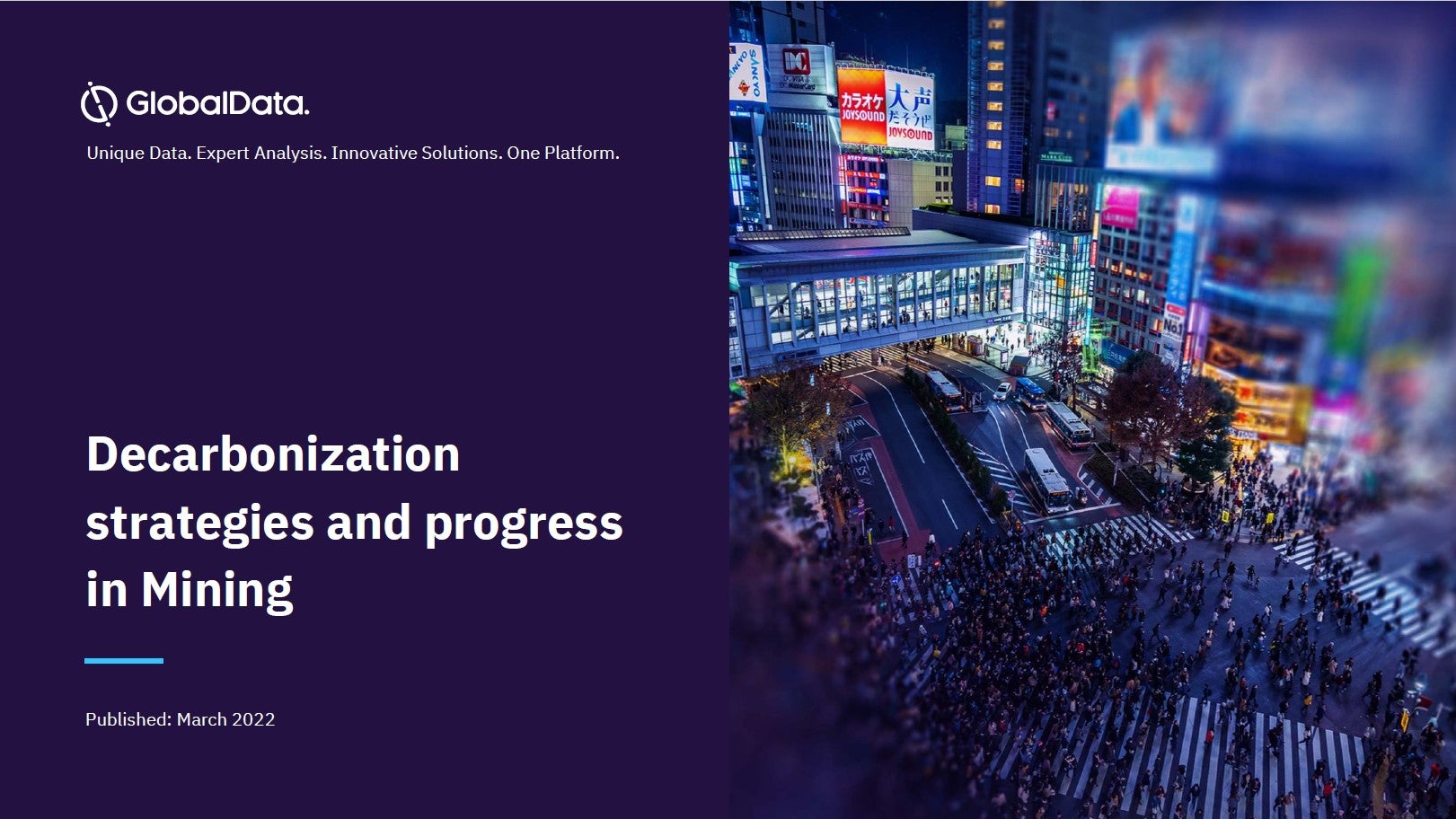

.gif)

